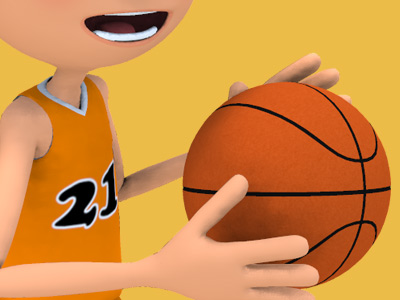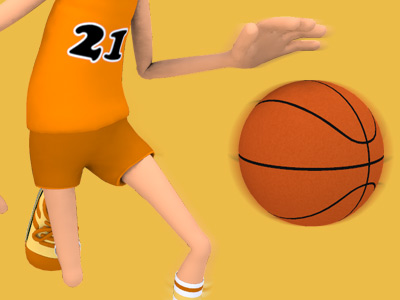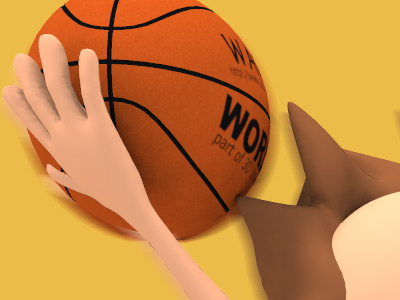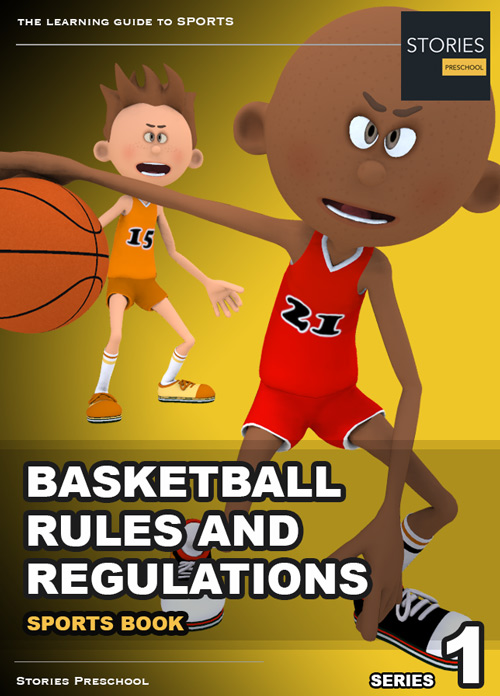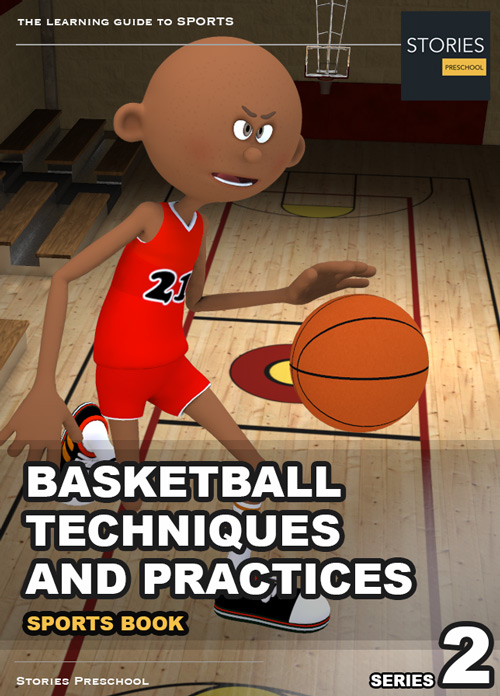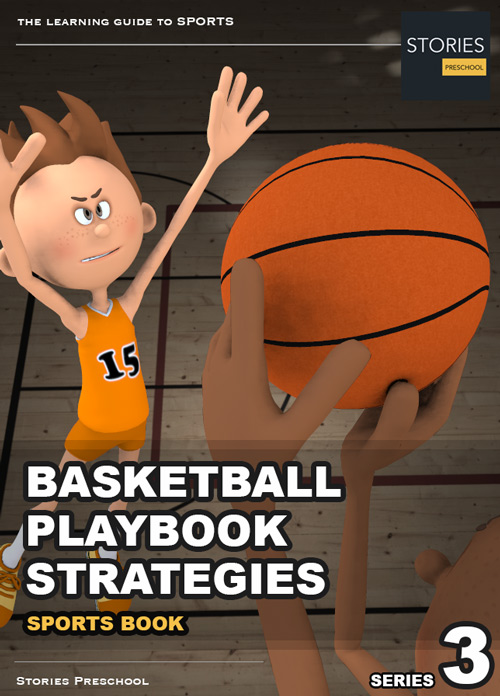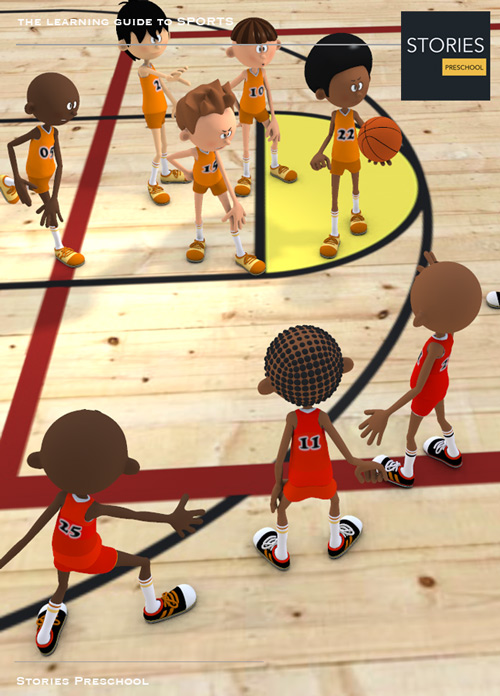Basketball

Basketball Strategy
A basketball playbook, like any sports playbook, involves compilation of strategies the team would like to use during games. The playbook starts as a canvas picture of the basketball court with all its boundaries and lines. On top of that, the playmaker can draw O's for players on offense, and X's for players on defense. Specifically however, the playmaker will need to number them for different positions.
Defensive Strategies
There are two main defensive strategies: zone defense and man-to-man defense. In a zone defense, each player is assigned to guard a specific area of the court. Zone defenses often allow the defense to double team the ball, a maneuver known as a trap. In a man-to-man defense, each defensive player guards a specific opponent.
- Man-to-man defense plays
- Zone defense plays
- Box-and-one defense
- Triangle-and-Two Defense
- Double team
- Jordan Rules
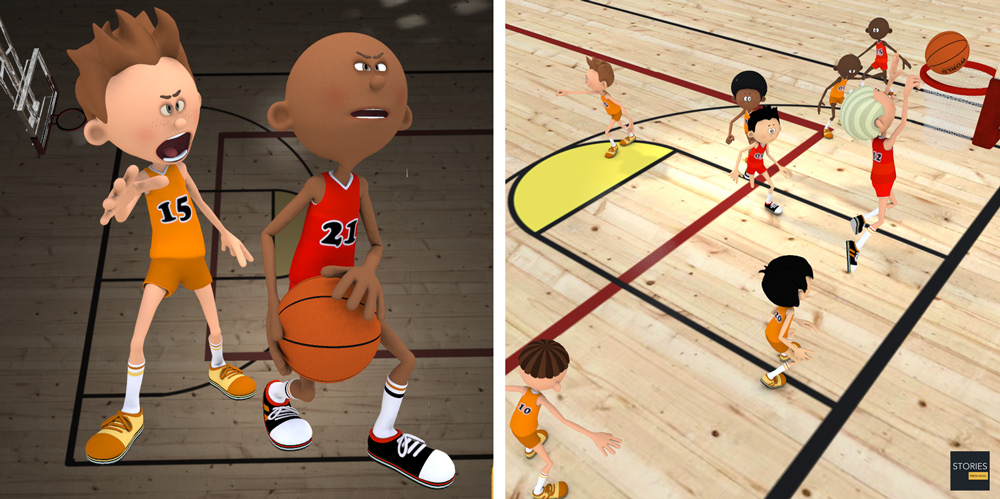
Offensive Strategies
Offensive plays are more varied, normally involving planned passes and movement by players without the ball. A quick movement by an offensive player without the ball to gain an advantageous position is known as a cut. A legal attempt by an offensive player to stop an opponent from guarding a teammate, by standing in the defender's way such that the teammate cuts next to him, is a screen or pick. The two plays are combined in the pick and roll, in which a player sets a pick and then "rolls" away from the pick towards the basket. Screens and cuts are very important in offensive plays; these allow the quick passes and teamwork, which can lead to a successful basket.
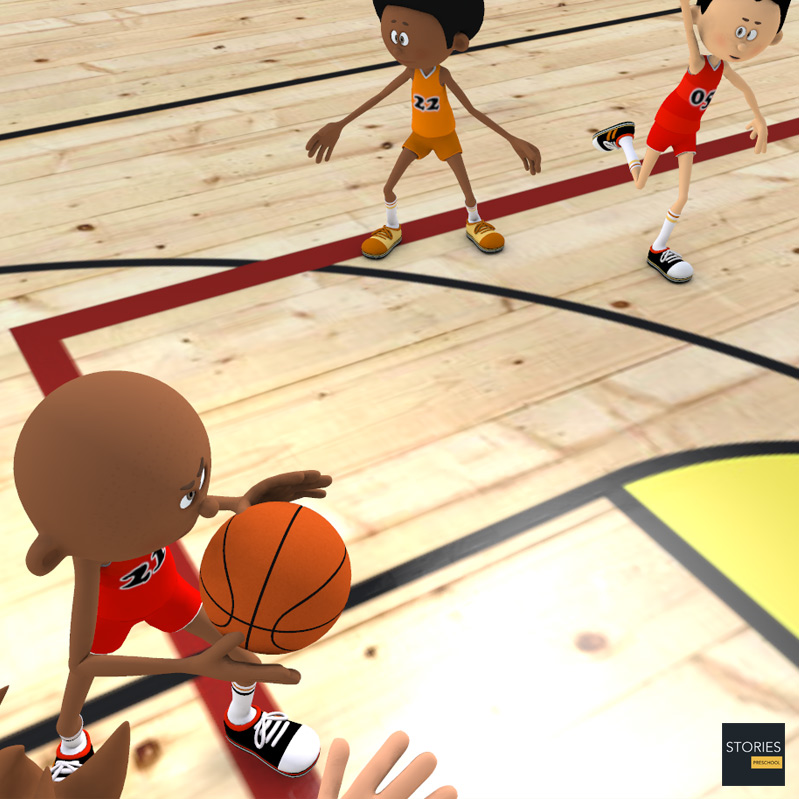
Teams almost always have several offensive plays planned to ensure their movement is not predictable. On court, the point guard is usually responsible for indicating which play will occur.
Inbounding plays
When the ball goes out of bounds, there are in bounding plays designed to score
Sideline plays
- Stack
- 4-1 box
- box
Baseline plays
These plays are used to score, while in bounding, from under the opponent's baseline.
- Stack
- Box plays
- Press break
SPORTS
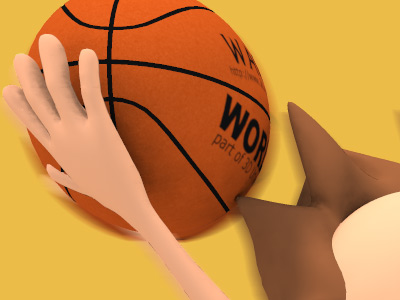
RESOURCES
This article uses material from the Wikipedia articles "Basketball" and "Basketball playbook", which is released under the Creative Commons Attribution-Share-Alike License 3.0.
© Stories Preschool. All Rights Reserved.
